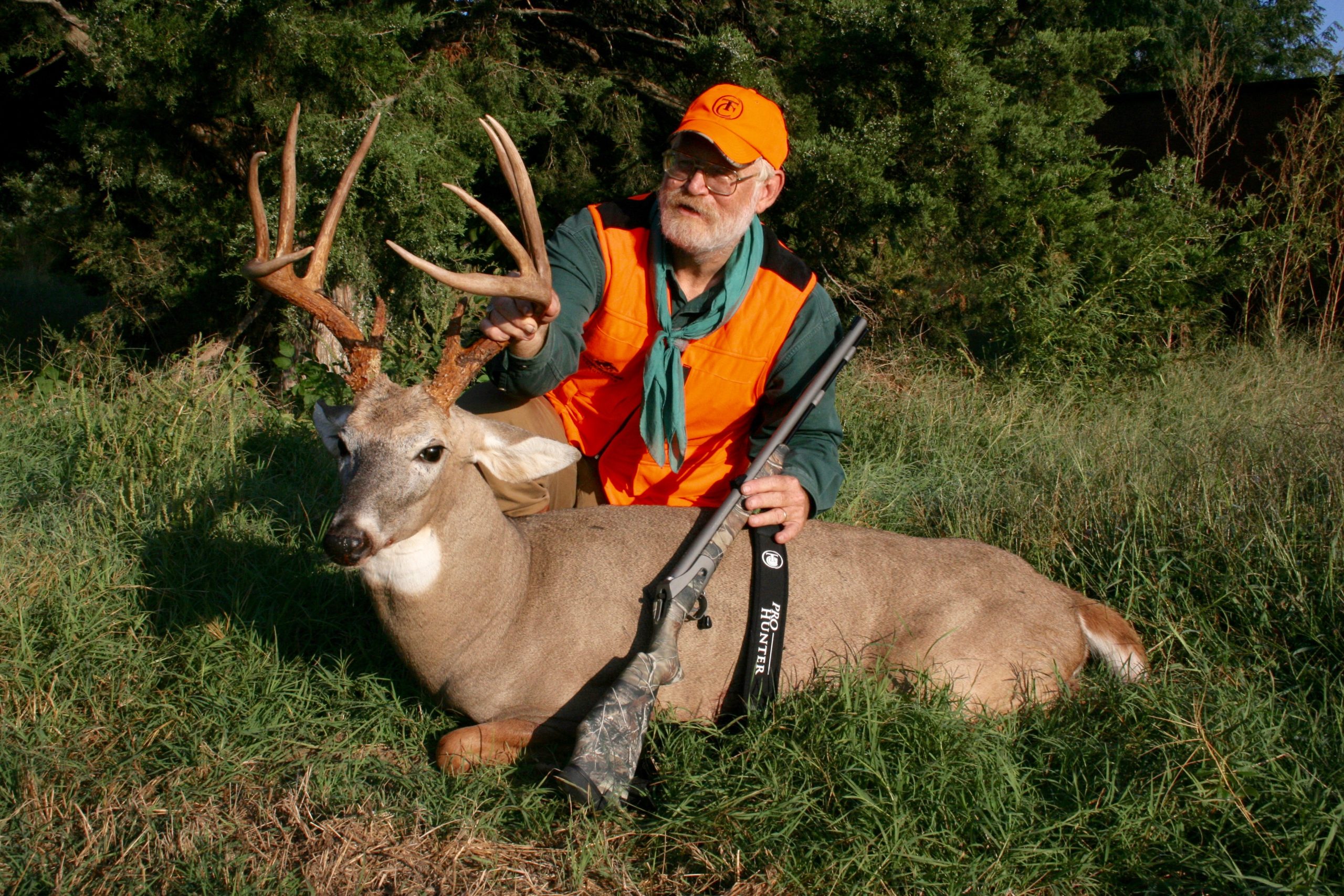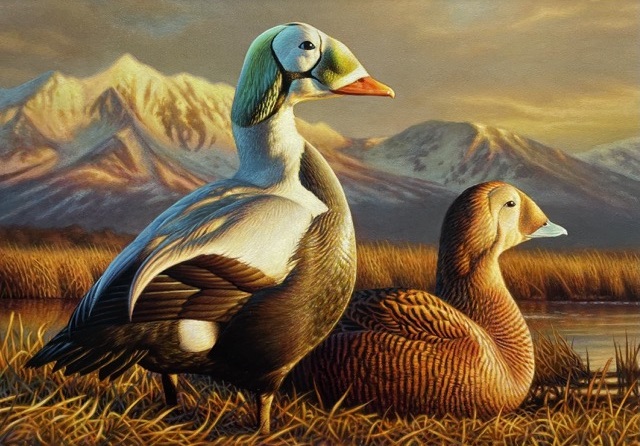Chronic Wasting Disease (CWD) is not a new discovery, but this deer-killing disease is still puzzling scientists fifty years later. The New York Times recently highlighted how far research has come, including a new experiment that will burn National Park Service land to curb future fatalities.
As described by Texas Parks and Wildlife, “Chronic wasting disease is a neurological disease in deer, elk, moose and other members of the deer family.” When CWD takes over an individual’s nervous system, the animal exhibits zombie-like characteristics. Think of that signature glazed-over look, salivating mouth and hobbling walk.
What causes CWD is a deformed protein called a prion.
Once in the body of a deer or elk, these deformed proteins cause normal proteins to change as well.
Scientists have found that prions can spread between individuals by more than direct contact. Grasses and dirt can harbor the prions from a decomposing affected body for years until a healthy animal eats the contaminated plants.
While scientists still have many questions about the specifics of the disease, the New York Times recognizes the progress of decades of research. Scientists do know that CWD is different from other diseases that animal populations face. This is not a virus that runs its course quickly and violently, or a bacteria that will die out with a weather change. In fact, complete eradication in an affected area has yet to be documented.
New discoveries are revealed with each outbreak, especially with the first European case in Norway. The worst cases have been in areas without dense populations of animals, which confirms that the spread is more complex than direct contact.
To test the extent of spreading by plant consumption, Dr. Zabel from Colorado State University and his team plan to burn certain plots in Arkansas and Colorado to see if the disease becomes less common.
Cases of CWD have been confirmed in 24 states, with one situation in Iowa recently reaching the Supreme Court as a group of landowners sought the overturn of the Iowa Department of Natural Resources’ quarantine of a hunting reserve. While there have been no cases of the passage to humans, scientists remain cautious.
Source: The New York Times and Radio Iowa



